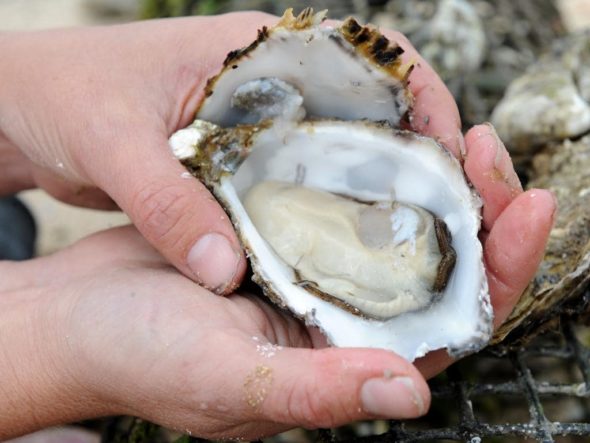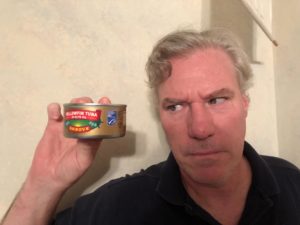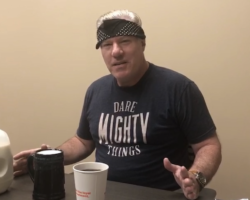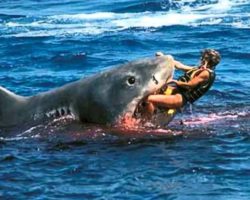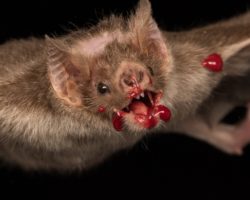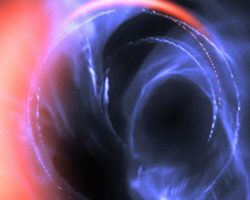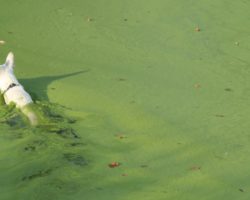Conch Poisoning | The Basics of an Epidemic
Conch Poisoning has been reported in a multistate outbreak caused by ingestion of contaminated raw crabmeat imported from Venezuela. The Centers for Disease Control reported that twelve people in Pennsylvania, Maryland, Louisiana and the District of Columbia were sickened and four were hospitalized from April through July of this year and four people were confirmed sickened by conch poisoning in July while in the Bahamas.
https://www.cdc.gov/vibrio/investigations/vibriop-07-18/index.html
http://outbreaknewstoday.com/bahamas-four-cases-vibriosis-conch-poisoning-confirmed-90475/
Conch poisoning – or Vibriosis – is a potentially lethal seafood sickness caused by a type of bacteria (Vibrio parahaemolyticus) that lives in salty, brackish water and can contaminate fish and shellfish and is the #1 leading cause of human gastroenteritis associated with consuming raw or undercooked seafood or improperly preserved fish. Vibrio parahaemolyticus was first discovered by Tsunesaburo Fujino in 1950 as a causative agent of food borne disease following a large outbreak in Japan which recorded 272 illnesses with 20 deaths after consumption of shirasu, which is a small whitefish and a staple of the Japanese diet. In 1971, V. parahaemolyticus was first identified as a food borne pathogen in Maryland after three outbreaks were recognized, involving 425 gastroenteritis cases associated with consumption of improperly cooked crabs. Ever since then, intermittent V. parahaemolyticus outbreaks have been reported throughout the U.S. coastal regions due to the consumption of raw shellfish or uncooked seafood.
Improper or incomplete cooking or refrigeration of the seafood is associated with an increased incidence of the contamination and infection and epidemics are reported during warm weather along coastal areas. The bacteria can be removed from the shellfish or seafood by vigorously washing it with fresh water or by cooking it thoroughly. Seafood and shellfish contaminated with V. parahaemolyticus doesn’t taste any different than uncontaminated food.


Notice the long flagellum (tail) attached to one end of the rod-shaped bacteria – that’s used to swim and may be used to “bore” into the lining of the small and large intestine and allows the V. parahaemolyticus to “hang on” to the mucous membrane and secrete it’s toxin, which is what makes you sick. The bacteria also secretes proteins that make it “sticky” and enhance its ability to remain attached to the human intestinal cell.
Individuals that are suffering from conch poisoning, or V. parahaemolyticus infection, experience severe and unpleasant gastrointestinal effects. Nausea, vomiting, severe, explosive, watery diarrhea, abdominal cramps and bloating and occasionally fever develop within 12 hours and typically last about 96 hours, although onset and length of illness are variable. Treatment is primarily supportive, with rehydration being the most important part of therapy. Victims may be so weak and nauseated that they require intravenous rehydration and support. Most V. parahaemolyticus infections do not require antibiotic treatment and there is no evidence that antibiotic treatment reduces the severity of the infection but prolonged or very severe infections may be treated with tetracycline, ampicillin or ciprofloxacin depending on the sensitivity profile of the particular bacterial strain.
The bacteria is in the same species as Vibrio cholerae, which, according the the World Health Organization, is the second leading cause of death in children under the age of five years old. There are at least seven Vibrio species known to cause disease in humans. Infection from V. parahaemolyticus is generally less severe than that of V. Cholerae several deaths have been reported, particularly among people that swim in waters containing large concentrations of V. parahaemolyticus and in the aftermath of Hurricane Katrina in 2005, 22 wounds were contaminated by Vibrio bacteria, 3 of them confirmed to be V. parahaemolyticus. Two of the individuals infected with V. parahaemolyticus died.
Conch poisoning and infection with V. parahaemolyticus bacteria is an example of Diarrheal Shellfish Poisoning (DSP). There are 3 other types of shellfish poisoning, Amnesic Shellfish Poisoning (ASP), Neurotoxic Shellfish Poisoning (NSP) and Paralytic Shellfish Poisoning (PSP) – we will report on these in a future blogpost.





